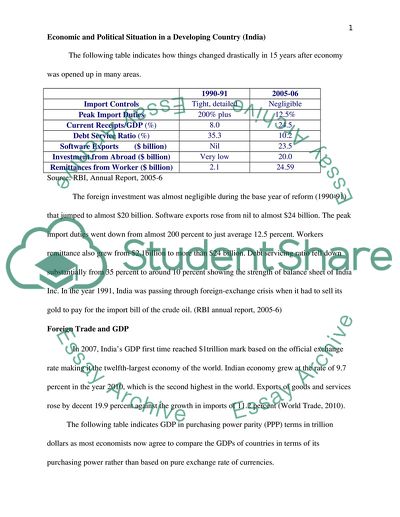Cite this document
(“Economic and Political Situation in a Developing Country (India) Essay”, n.d.)
Retrieved from https://studentshare.org/macro-microeconomics/1584527-economic-and-political-situation-in-a-developing-country-india
Retrieved from https://studentshare.org/macro-microeconomics/1584527-economic-and-political-situation-in-a-developing-country-india
(Economic and Political Situation in a Developing Country (India) Essay)
https://studentshare.org/macro-microeconomics/1584527-economic-and-political-situation-in-a-developing-country-india.
https://studentshare.org/macro-microeconomics/1584527-economic-and-political-situation-in-a-developing-country-india.
“Economic and Political Situation in a Developing Country (India) Essay”, n.d. https://studentshare.org/macro-microeconomics/1584527-economic-and-political-situation-in-a-developing-country-india.


